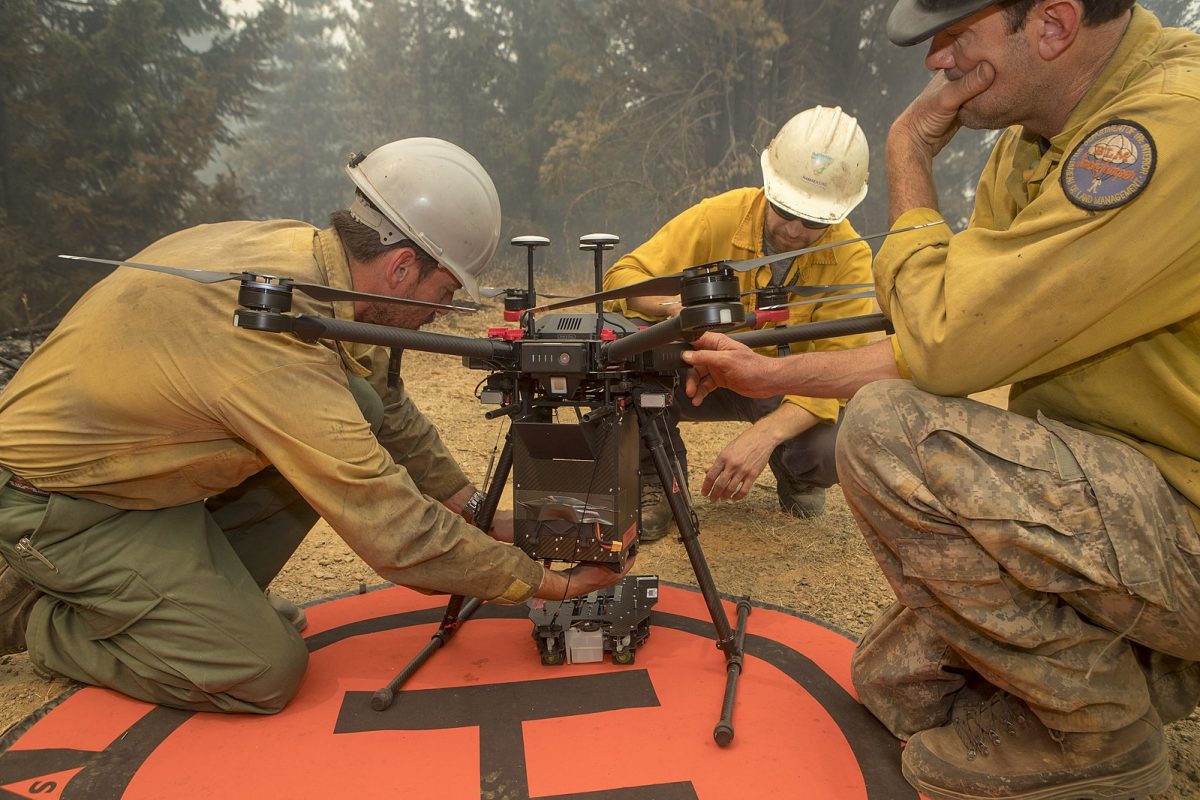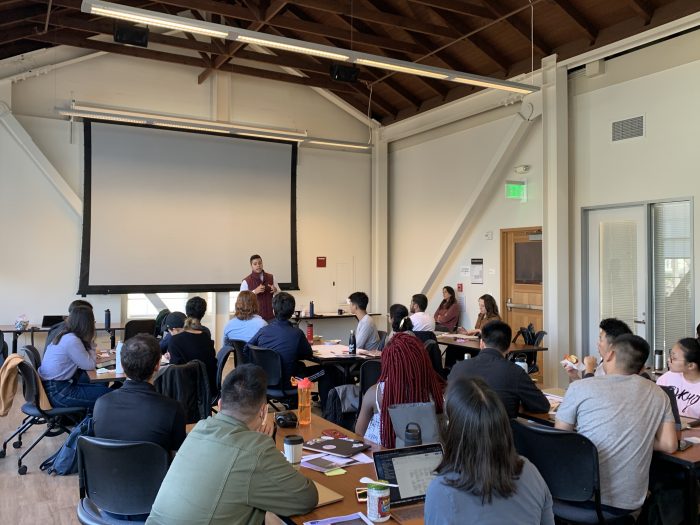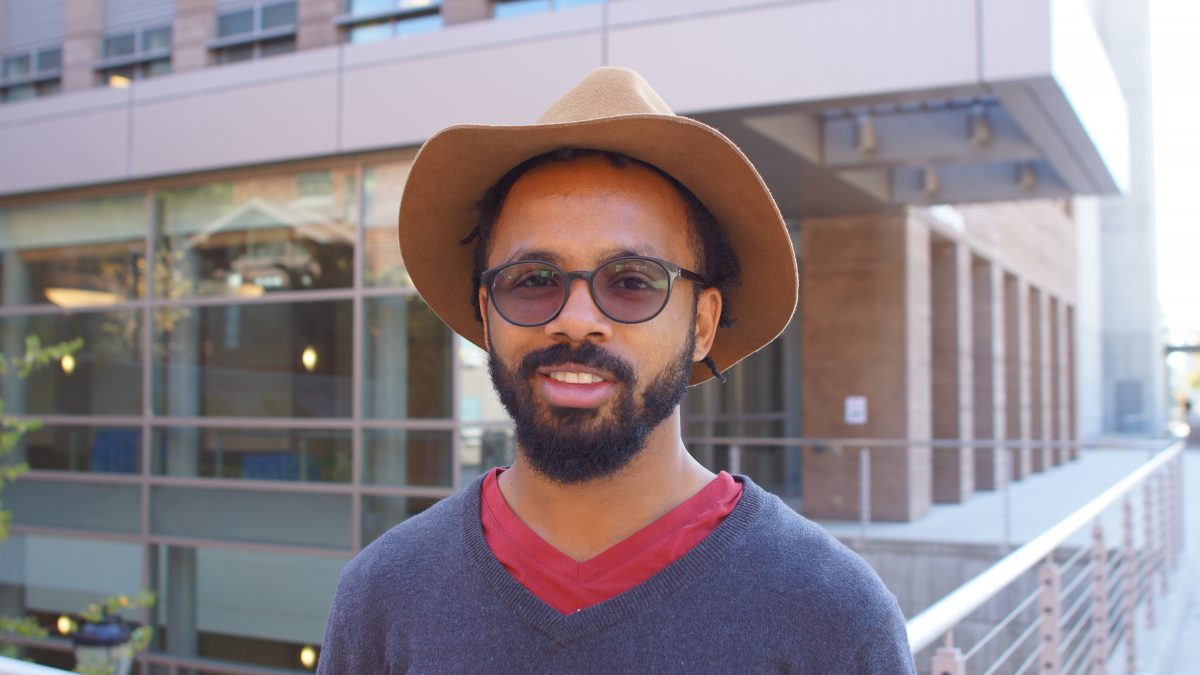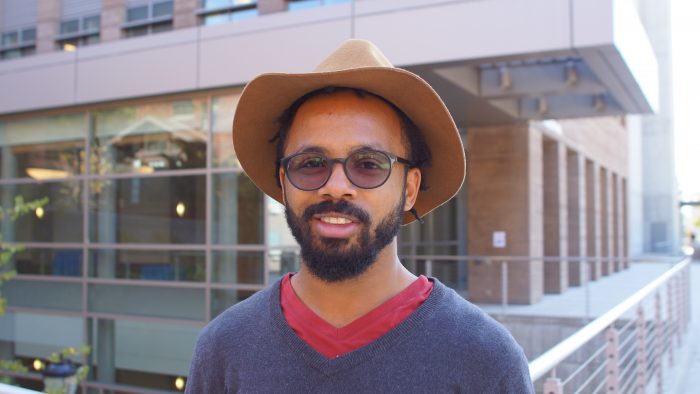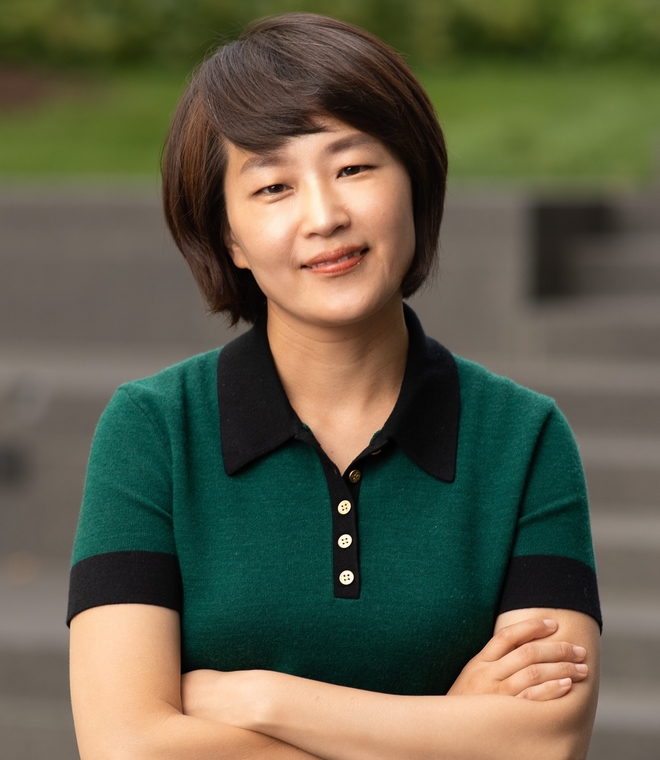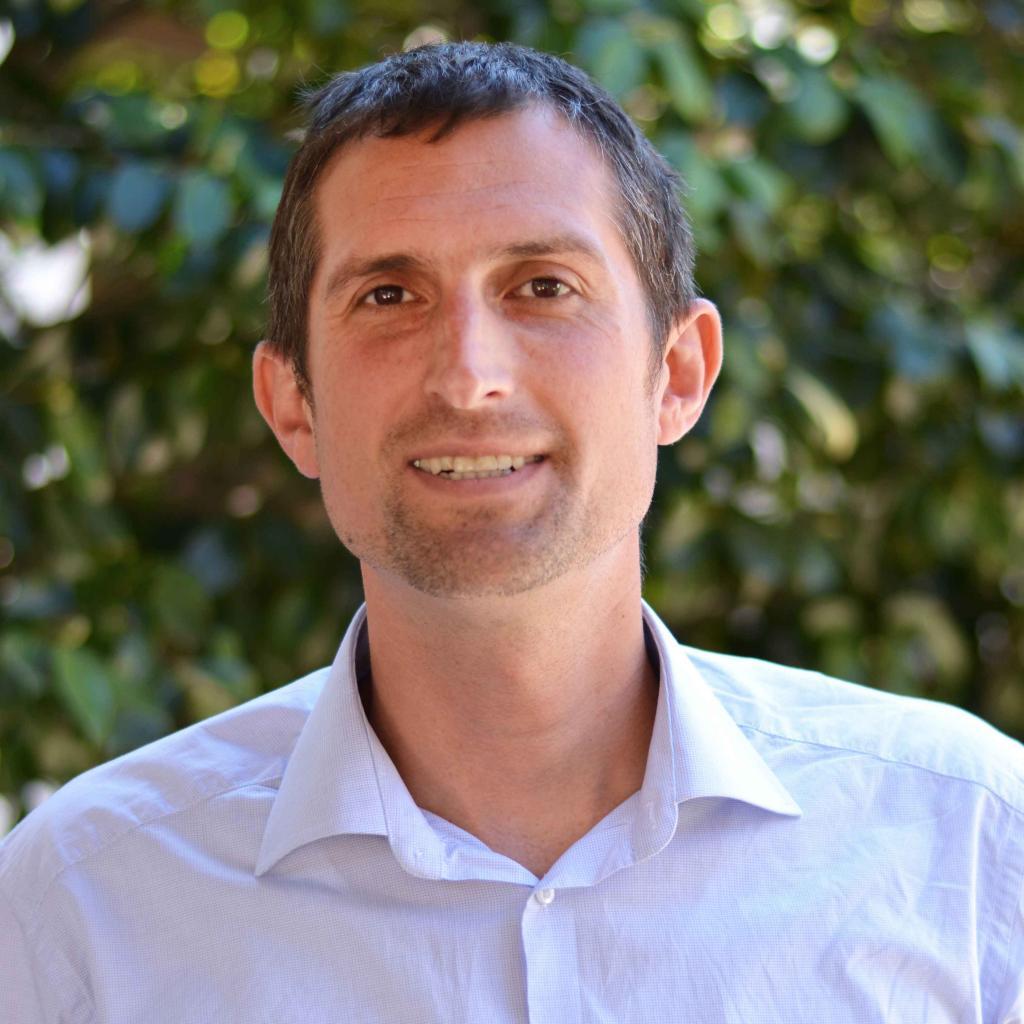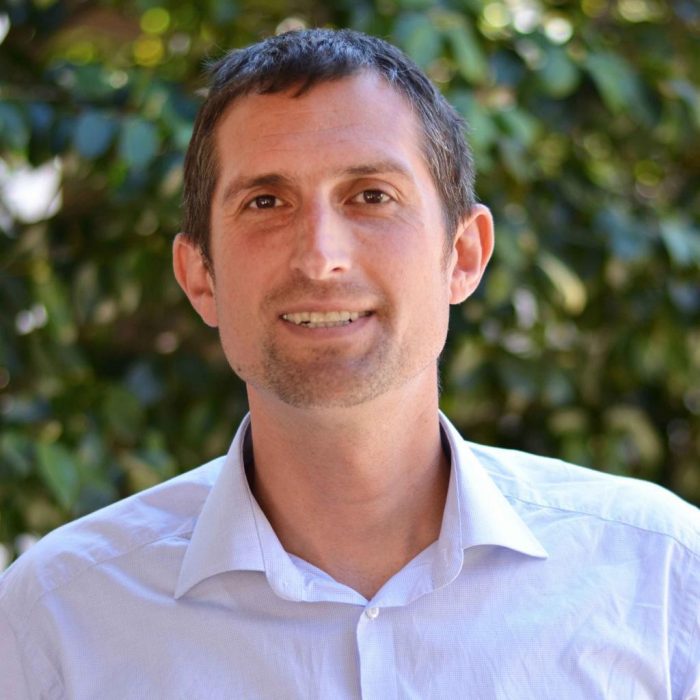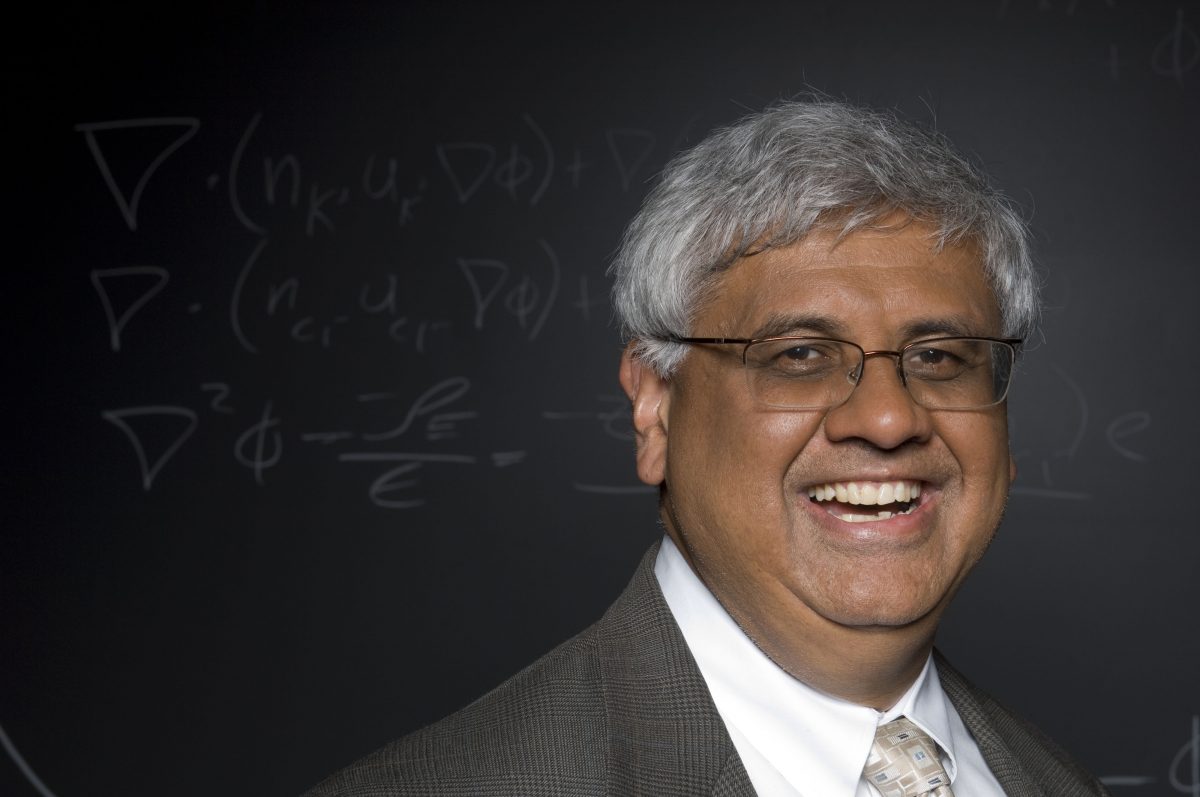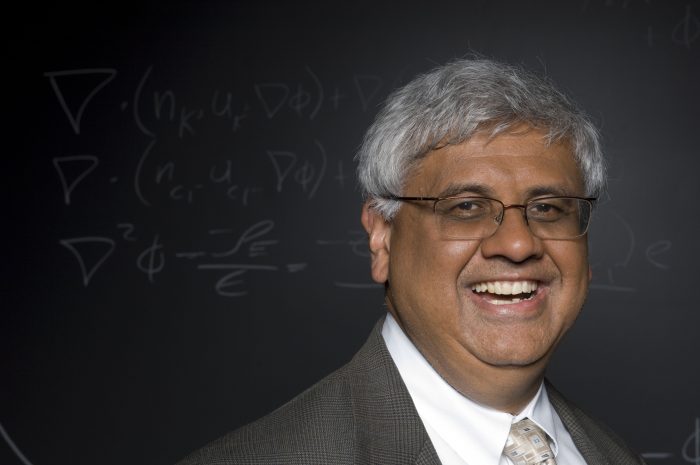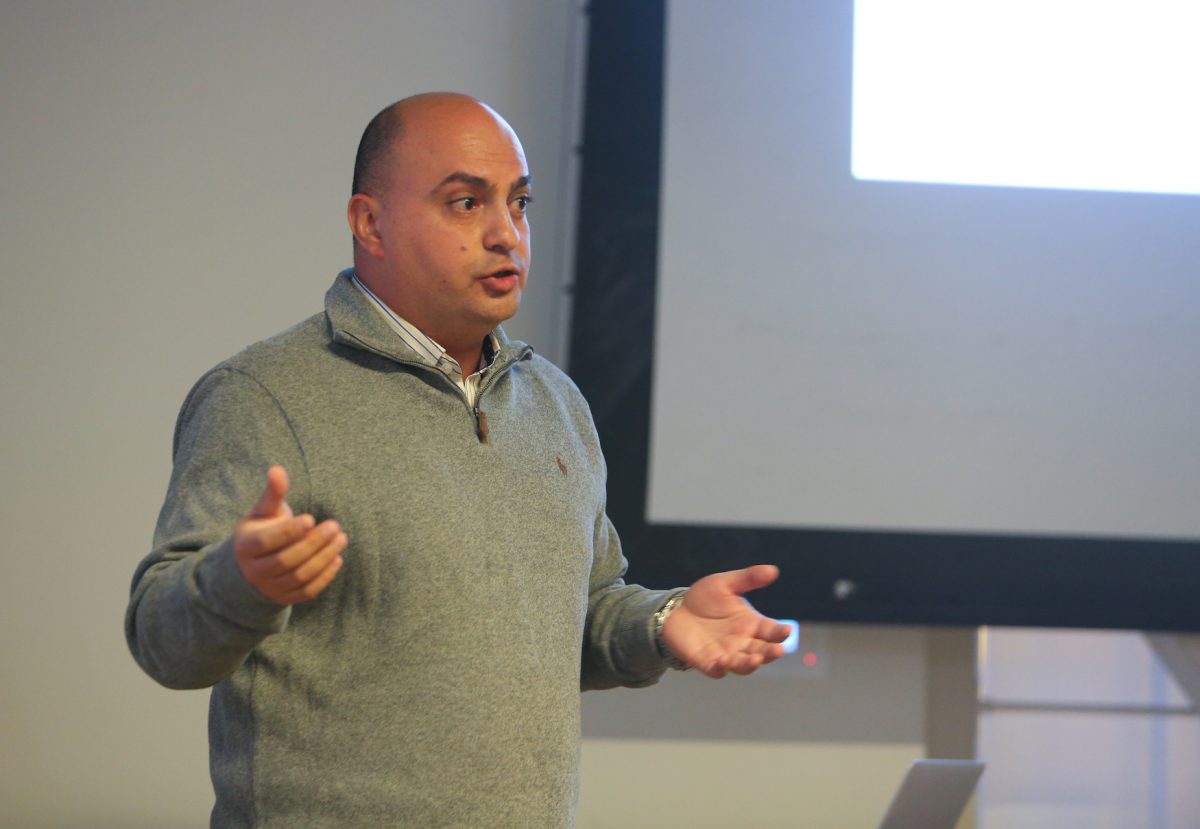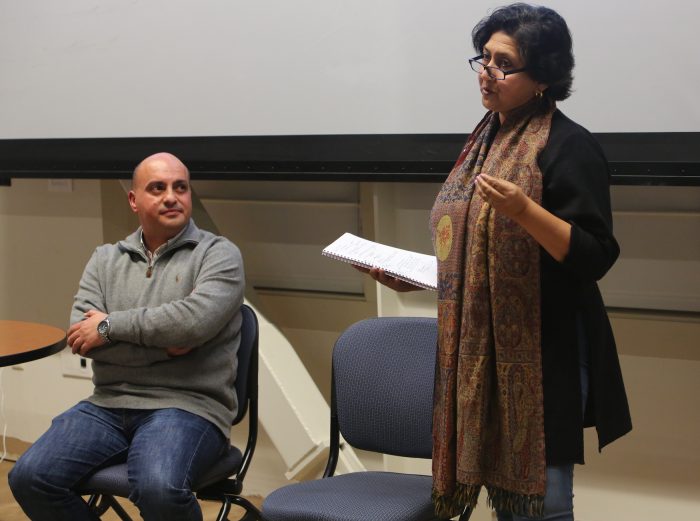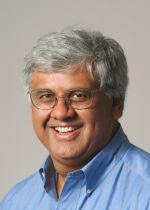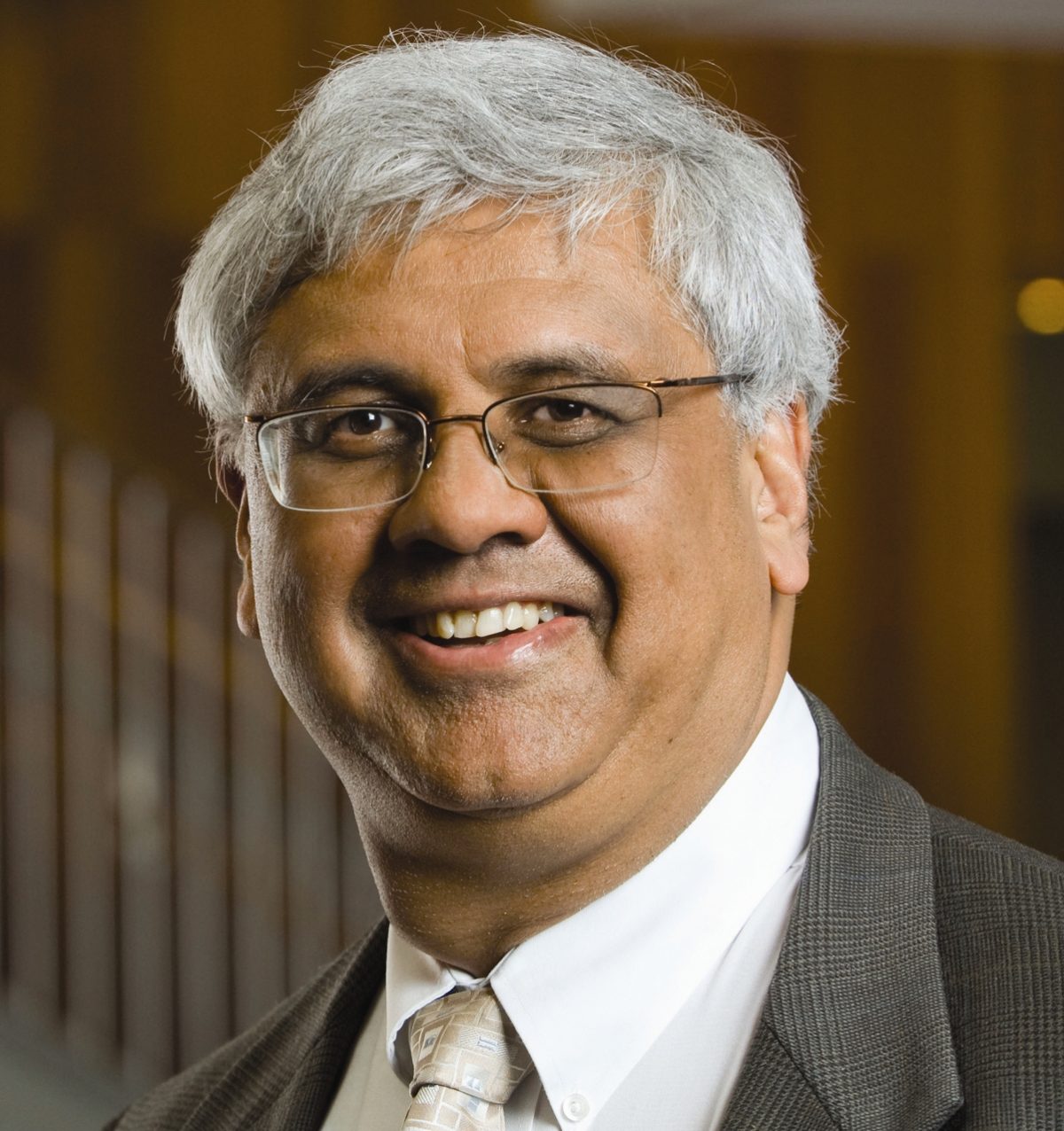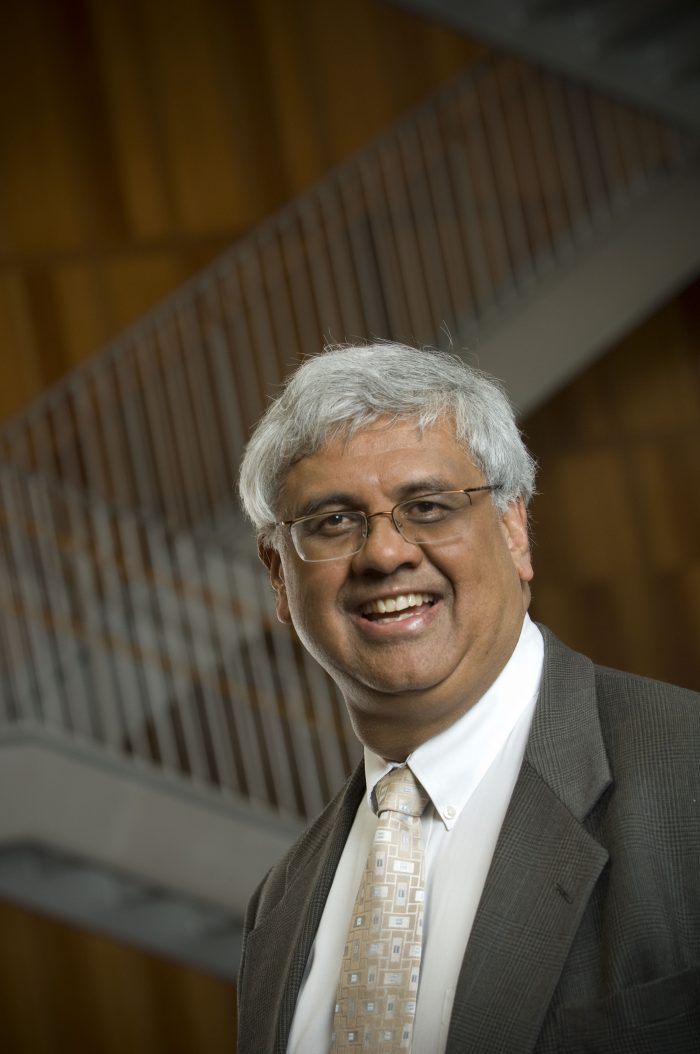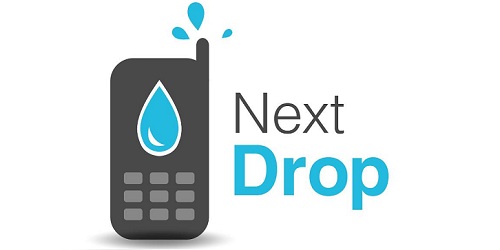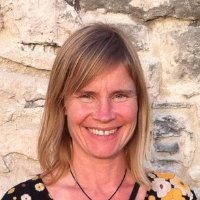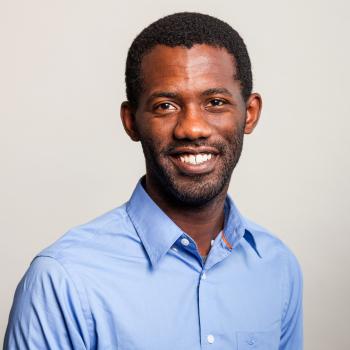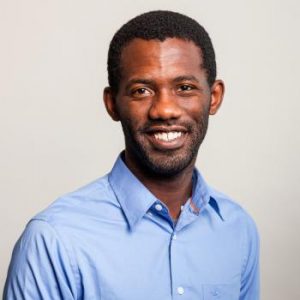Now in its sixth year, the Development Engineering PhD program enables UC Berkeley doctoral students from engineering and social science fields to pursue applied technological research in low-resource regions around the world. The InFEWS—Innovations at the Nexus of Food, Water, and Energy Systems—Fellowship, as part of this doctoral program, enables students to work with and for poor communities that face extreme challenges accessing nutritious food, clean and reliable energy, and safe water. Both programs recognize and stand to correct Paul Polak’s observation that 90 percent of the world’s design efforts are aimed at 10 percent of the population.
Among this year’s graduates are: Julia Kramer, who received a PhD in Mechanical Engineering and a Master in Public Health and whose research focuses on global health and equity; Alana Siegner, a graduate of the Energy and Resources Group whose work addresses food distribution, access, and justice questions; and Christopher Hyun, also a PhD graduate of the Energy and Resources Group, whose research addresses water, pollution, and development, largely in South Asia.
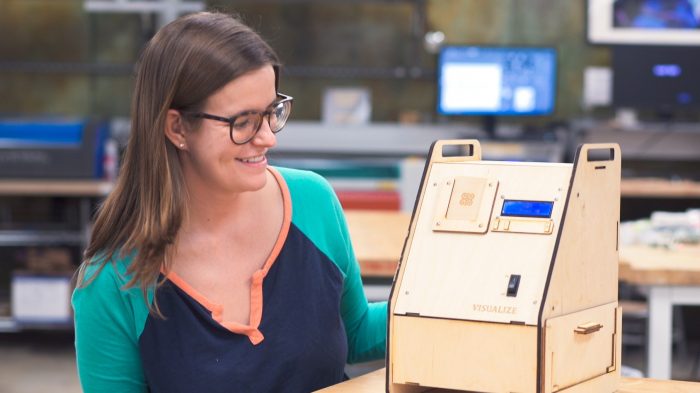
Julia Kramer: Design for Global Health Accessibility
Julia Kramer has earned multiple advanced degrees at UC Berkeley: a Master of Public Health, a PhD in Mechanical Engineering, and a Designated Emphasis in Development Engineering. In addition to her scholarly work, she is co-founder of Reflex Design Collective, a consulting firm that uses design thinking to fight social inequality, and Visualize, a nonprofit dedicated to empowering and supporting midwives to screen for cervical cancer.
Kramer’s dissertation, “Designing for Health Accessibility: Case Studies of Human-Centered Design to Improve Access to Cervical Cancer Screening,” is based on her Development Engineering work in Ghana, India, and Nicaragua. She describes the impetus and framework for her research thus: “Our world faces immense challenges in global health and equity. We see huge disparities in access to health care across geographies, and while we have made massive strides in addressing health issues, we know that these disparities persist. In my dissertation, I explore the role of human-centered design to improve global health access. Human-centered design, a cross-disciplinary creative problem-solving approach, has been applied and studied in both academic research and industry practice, but its role in improving global health access remains poorly understood.
“I present research on designing for health accessibility in the context of one particular disease: cervical cancer. Cervical cancer is an illustrative example of the global disparities in access to health care, given that cervical cancer is preventable. Every year, 300,000 women around the world die of cervical cancer, and 90% are in low- and middle-income countries. My research examines the work of two organizations that created unique solutions to improve access to cervical cancer screening in India and Nicaragua. I developed case studies of each organization grounded in ethnographic fieldwork, including over 250 hours of observation and 15 interviews over two years. Through these case studies, I show how early efforts to understand the barriers inhibiting cervical cancer screening access allow design practitioners to create novel and feasible ways to address these barriers. This demonstrates the importance of design practitioners considering multiple dimensions of accessibility, while conducting design research in order to improve the potential impact of their ideas and prototypes. Overall, this dissertation establishes the foundation of a new framework to ‘design for accessibility’ that can spark further research across sectors, including but not limited to global health.”
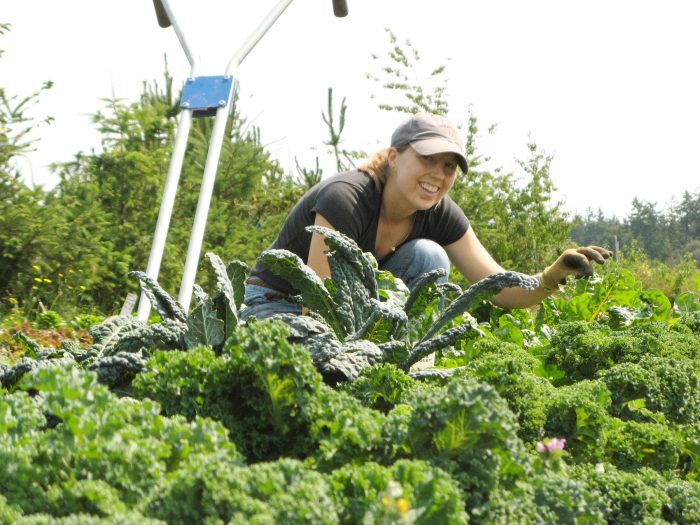
Alana Siegner: Education at the Intersection of Food Systems and Climate Change
After graduating with a double major in Environmental Studies and International Relation from Tufts University, Alana Siegner spent three summers in Uganda working on an Engineers Without Borders clean water storage project. Siegner then served as an AmeriCorps National Teaching Fellow with Citizen Schools, working with 8th graders in Boston Public Schools. At UC Berkeley, where she completed a PhD from the Energy & Resources Group (ERG) and was an InFEWS Fellow, she researched sustainable, agroecological food systems and farm-to-school programs as mechanisms for developing student environmental and climate literacy. Her master’s project focused on the San Juan Islands as a case study of high-functioning school food programs and environmental education; and she served as a sustainable agriculture intern for two summers, working alongside small scale diversified farmers on Lopez Island. Siegner has developed, implemented, and evaluated food and climate change curriculum. She served as a graduate student researcher with the Berkeley Food Institute, working on a study of East Bay urban agroecology, with a focus on food distribution, access, and justice questions; and as an agriculture and plumbing systems engineer for the THIMBY tiny house project, a collaboration of ERG students, faculty, and graduate students from other departments.
The dissertation chapter most closely tied to Siegner’s InFEWS Fellowship is “Education: Experiential Food and Climate Change Curricula on Farms, in School Gardens, and in Humanities Classrooms.” It addresses the motivation for creating experiential, interdisciplinary, action- and solution-oriented climate change educational resources for a variety of educational settings. Using an integrated Food-Energy-Water nexus framing, she introduces concepts of systems thinking and experiential learning about natural resources as they relate to climate change education in the United States. Examples of experiential and solutions-oriented interdisciplinary curricula are provided from the San Juan Islands in Washington state, from Oakland, California, and from Washington, D.C.
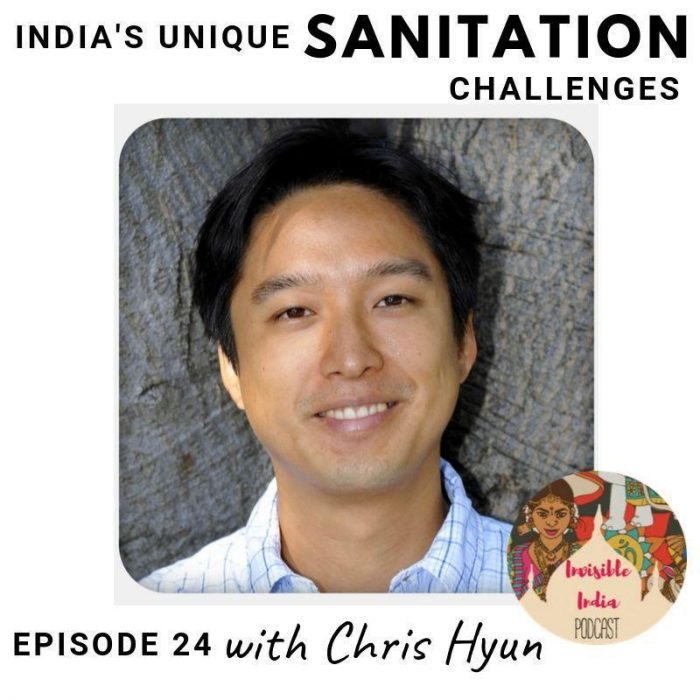
Christopher Hyun: The Challenge of Sanitation in Low-Income Communities
Christopher Hyun has over a decade of experience in South Asia, working on water, sanitation, pollution, culture, religion, and development, particularly in the Ganges River Basin in Varanasi, India. He has worked with multiple NGOs on capacity building, education, and watershed and waste management. He earned a M.Sc. in Environmental Science from Banaras Hindu University, and in 2013 moved to Berkeley to join the master’s program in the Energy & Resources Group, then continuing on to become an InFEWS Fellow and complete his PhD at ERG with a Designated Emphasis in Development Engineering.
Hyun’s dissertation, “Shit, Now What? Overcoming the Struggles of Infrastructure, Inequity, and Capacity to Achieve Sanitation for All,” details how and why inadequate sanitation is a hallmark of low-income communities in low- and middle-income countries. He writes: “The United Nations Sustainable Development Goal 6 (SDG 6) attempts to address this challenge by declaring ‘sanitation for all’ and targeting a 50 percent reduction of ‘untreated wastewater’ by 2030. However, urban areas of low- and middle-income countries have struggled to reach such treatment targets. Since the 1980s, development practitioners and researchers have interrogated the reasons for these shortcomings, primarily focused on the need for decentralized technology; however, increasingly blame has focused on the complexity of social phenomena. My scholarship is grounded in empirical research on the challenge of sanitation in low-income communities. While centered on the crisis of sanitation, I seek to advance and inform critical theoretical and policy-relevant debates on socio-technical systems, local governance, and capacity building.
“I hypothesize that sanitation shortcomings indicate gaps and miscommunications in our collective understanding of sanitation systems. Practitioners and researchers often base interventions on the ‘sanitation service chain,’ which defines the sanitation system as an engineering one as opposed to one with both social and technological dimensions. Therefore, I ask: (1) What are the definitions, functions, and actors of sanitation uncovered across major disciplines? (2) How do these disciplinary understandings compare to baseline understandings of sanitation, i.e. SDG 6 and the sanitation service chain? I led a cross-disciplinary review team from UC Berkeley, Stanford University, and Columbia University. Our discussion and results provide conceptual clarity to the complexity of sanitation systems through (1) the development of an augmented sanitation framework, as well as (2) recommendations for how cross-disciplinary research can support and advance the Sustainable Development Goals.”

